Home>Gardening & Outdoor>Landscaping Ideas>What Kills Fungus In Grass
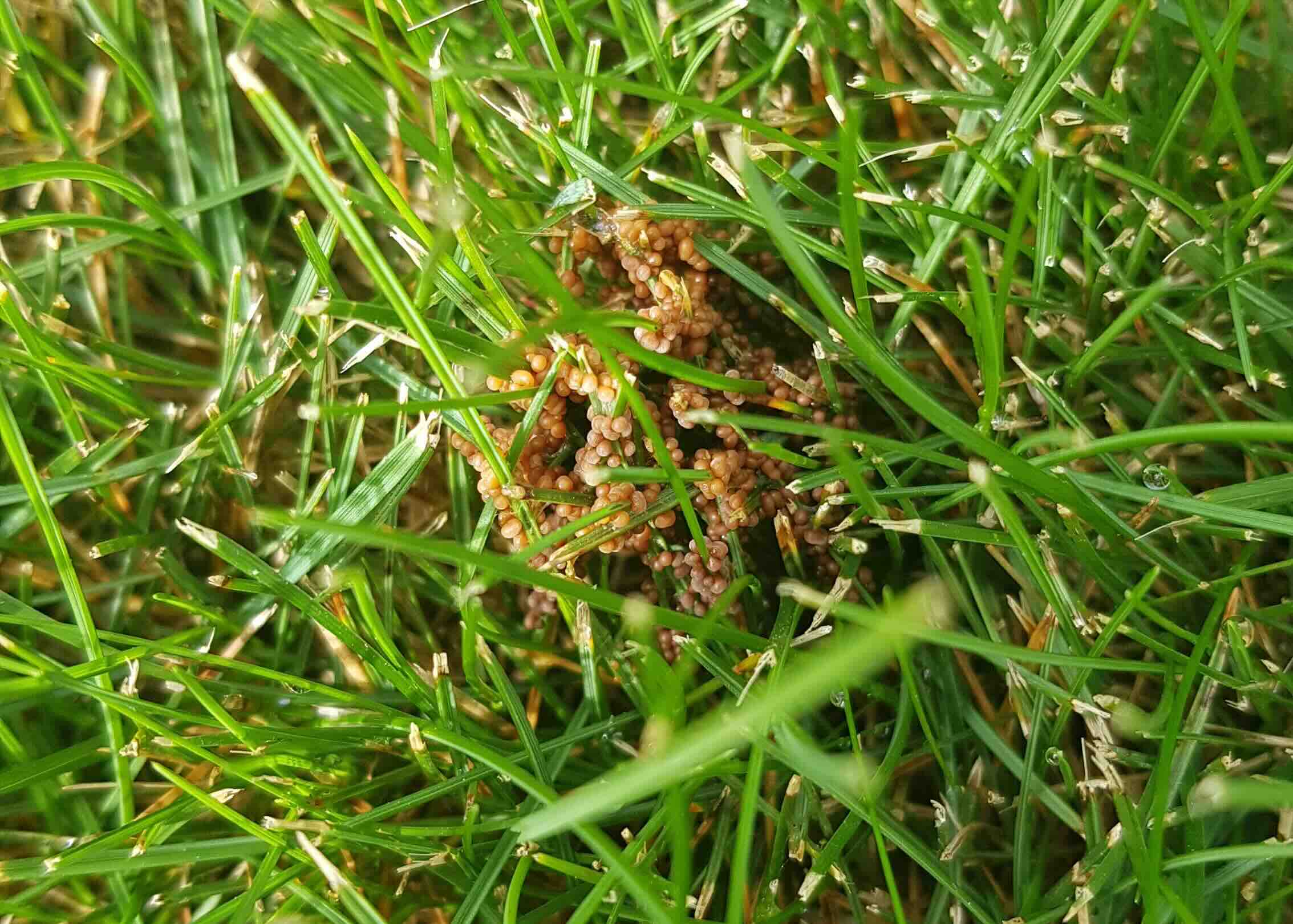

Landscaping Ideas
What Kills Fungus In Grass
Modified: March 28, 2024
Discover effective landscaping ideas to eliminate fungus in grass and restore your lawn's health. Learn how to kill fungus and prevent it from returning.
(Many of the links in this article redirect to a specific reviewed product. Your purchase of these products through affiliate links helps to generate commission for Storables.com, at no extra cost. Learn more)
Introduction
Maintaining a lush, vibrant lawn is a source of pride for many homeowners and a welcoming sight for visitors. However, the presence of fungus in grass can quickly turn this picturesque scene into a nightmare. Fungal diseases can wreak havoc on lawns, causing unsightly browning, thinning, and even death of the grass. Understanding the factors that contribute to fungal growth and knowing effective methods to combat it are essential for preserving the health and beauty of your lawn.
In this comprehensive guide, we will delve into the world of fungal diseases that affect grass, exploring the environmental factors that promote their growth and the natural and chemical methods available to eradicate them. By gaining a deeper understanding of these issues, you will be better equipped to protect your lawn from the devastating effects of fungal infections.
Fungal diseases in grass can be a formidable adversary, but with the right knowledge and strategies, you can effectively combat and prevent their occurrence. Whether you are a seasoned gardener or a novice homeowner, this guide will equip you with the insights and tools needed to tackle fungal issues in your lawn and restore its vitality. So, let's embark on this journey to uncover the secrets of combating fungus in grass and reclaiming the lush, green expanse you desire.
Key Takeaways:
- Understanding Fungus in Grass
Fungi thrive in warm, moist environments and can cause visible damage to grass. Factors like overwatering and poor drainage contribute to their growth, so proper lawn care is crucial for prevention. - Combatting Fungal Growth
Natural methods like proper lawn maintenance and organic fungicidal sprays, as well as chemical treatments when necessary, can effectively control and prevent fungal diseases in grass. Prevention through proactive measures is key to a healthy lawn.
Read more: How To Kill Fungus In Grass
Understanding Fungus in Grass
Fungal infections in grass can be a perplexing and frustrating challenge for homeowners and gardeners. Understanding the nature of these fungal invaders is crucial in effectively combating their detrimental effects on the lawn. Fungi are microscopic organisms that thrive in warm, moist environments, making lawns an ideal breeding ground for their proliferation. These organisms can manifest in various forms, including molds, mildews, and rusts, each capable of inflicting distinct damage on grass.
Fungal infections often become apparent through visible symptoms such as discolored patches, thinning grass, and the presence of powdery or fuzzy growth on the blades. Additionally, affected areas may exhibit signs of wilting or decay, signaling the aggressive nature of the fungal intrusion. It is important to note that different fungal species may target specific grass varieties, further complicating the task of diagnosis and treatment.
Furthermore, the spread of fungal diseases in grass can be facilitated by factors such as overwatering, poor drainage, and excessive thatch accumulation. These conditions create an environment conducive to fungal growth, allowing the pathogens to thrive and spread rapidly. Additionally, environmental stressors, such as high humidity and inadequate air circulation, can exacerbate the susceptibility of grass to fungal infections.
By comprehending the nature of fungal diseases in grass, homeowners can adopt a proactive approach to lawn care, implementing measures to mitigate the risk of fungal infestations. Through vigilance and a deeper understanding of the conditions that foster fungal growth, individuals can take targeted steps to safeguard their lawns from the perils of these insidious invaders.
Understanding the intricacies of fungal infections in grass is the first step toward developing effective strategies for their eradication and prevention. Armed with this knowledge, homeowners can embark on a journey to reclaim the health and vitality of their lawns, ensuring that fungal diseases do not overshadow the beauty and lushness of their outdoor spaces.
Common Fungal Diseases in Grass
Fungal diseases pose a significant threat to the health and aesthetics of grass, manifesting in various forms that can wreak havoc on lawns. Understanding the distinct characteristics of these common fungal infections is essential for accurate diagnosis and targeted treatment. Here are some prevalent fungal diseases that frequently afflict grass:
-
Dollar Spot: This fungal disease, caused by the Sclerotinia homoeocarpa fungus, is characterized by small, silver dollar-sized spots on the grass blades. These spots initially appear water-soaked before developing a bleached or straw-colored appearance. Dollar spot thrives in warm, humid conditions and can rapidly spread, leading to extensive damage if left unchecked.
-
Brown Patch: Caused by the Rhizoctonia solani fungus, brown patch is identifiable by circular, discolored patches in the lawn, ranging from a few inches to several feet in diameter. The affected grass exhibits a dark brown or tan hue, with a characteristic "smoke ring" at the perimeter of the patches. Brown patch thrives in moist, humid conditions and can rapidly spread during periods of high humidity and warm temperatures.
-
Powdery Mildew: This fungal disease, caused by various Erysiphales fungi, presents as a powdery, white coating on the grass blades, resembling a dusting of flour. Powdery mildew often occurs in shaded areas with poor air circulation and high humidity. Infected grass may exhibit stunted growth and a weakened appearance, detracting from the overall lushness of the lawn.
-
Fusarium Patch: Also known as snow mold, this fungal disease is caused by the Fusarium species and typically emerges in late winter or early spring when snow cover persists. Fusarium patch manifests as circular, matted patches of matted, pinkish-gray grass, signaling the presence of the pathogen. This disease can lead to extensive damage if not addressed promptly.
-
Rust: Rust fungi, belonging to the Pucciniales order, cause rust disease, which is characterized by the appearance of orange, yellow, or reddish-brown pustules on the grass blades. These pustules rupture, leaving behind a powdery residue that gives the grass a rusty or dusty appearance. Rust disease often occurs in late summer and early fall, thriving in warm, humid conditions.
By familiarizing themselves with these common fungal diseases, homeowners can promptly identify and address any signs of infection in their lawns. Accurate recognition of these diseases is pivotal in implementing targeted treatment measures to combat their spread and minimize their impact on the overall health and appearance of the grass.
Environmental Factors Affecting Fungal Growth
The proliferation of fungal diseases in grass is intricately linked to a myriad of environmental factors that create conducive conditions for their growth and spread. By understanding these influential elements, homeowners can gain valuable insights into the dynamics of fungal infections and take proactive measures to mitigate their impact. Several environmental factors play a pivotal role in affecting fungal growth in grass:
1. Moisture Levels:
Excessive moisture, whether from overwatering or prolonged periods of rain, creates an environment that fosters fungal growth. The presence of moisture on the grass blades and soil provides an ideal breeding ground for fungi, enabling them to thrive and propagate rapidly. Poor drainage exacerbates this issue, leading to waterlogged soil and prolonged dampness that further promotes fungal infestations.
Read more: What Is Grass Fungus
2. Humidity:
High humidity levels contribute to the proliferation of fungal diseases in grass, particularly in warm, stagnant air. Areas with inadequate air circulation and limited exposure to sunlight are prone to retaining high humidity, creating an environment conducive to the development and spread of fungal pathogens. These conditions are particularly favorable for diseases such as powdery mildew and dollar spot, which thrive in humid microclimates.
3. Thatch Accumulation:
Excessive thatch, a layer of dead organic matter that accumulates between the grass blades and soil, can harbor fungal spores and provide an optimal habitat for their growth. Thatch impedes the penetration of air, water, and nutrients into the soil, creating a damp, insulated environment that facilitates the proliferation of fungi. Regular dethatching can help mitigate this risk and reduce the likelihood of fungal infections.
4. Temperature:
Optimal temperatures for fungal growth vary depending on the specific species and disease. However, warm temperatures, typically ranging from 60 to 80 degrees Fahrenheit, provide an ideal climate for many fungal pathogens to thrive. During periods of warm, humid weather, the risk of fungal diseases intensifies, necessitating heightened vigilance and preventive measures to safeguard the grass from potential infestations.
5. Air Circulation:
Inadequate air circulation within the lawn environment can exacerbate the risk of fungal infections. Stagnant air impedes the dispersal of moisture and hinders the evaporation of excess water, creating a damp, stagnant microclimate that promotes fungal growth. Areas with limited airflow, such as densely shaded regions and congested plantings, are particularly susceptible to fungal diseases due to poor ventilation.
Read more: What Causes Fungus In Grass
6. Soil pH and Nutrient Imbalance:
Imbalances in soil pH and nutrient levels can weaken the grass, making it more susceptible to fungal infections. Acidic or alkaline soil conditions, as well as deficiencies in essential nutrients, can compromise the grass's natural defenses, rendering it more vulnerable to fungal pathogens. Maintaining optimal soil pH and nutrient levels through regular soil testing and appropriate amendments can bolster the grass's resilience against fungal diseases.
By recognizing the profound influence of these environmental factors on fungal growth, homeowners can implement targeted strategies to mitigate the risk of fungal infections and create an inhospitable environment for these pathogens. Through proactive lawn care practices and environmental management, individuals can fortify their grass against the perils of fungal diseases, preserving its health and vibrancy.
Natural Methods to Kill Fungus in Grass
Combatting fungal infections in grass through natural methods is a sustainable and environmentally friendly approach that aligns with the principles of organic lawn care. By harnessing the power of natural remedies and cultural practices, homeowners can effectively eradicate fungal diseases while minimizing the use of synthetic chemicals. Here are several natural methods to kill fungus in grass:
1. Proper Lawn Maintenance:
Maintaining optimal lawn health through proper cultural practices is fundamental in preventing and combating fungal infections. Regular mowing at the appropriate height, adequate watering to promote deep root growth, and proper fertilization to bolster the grass's natural defenses are essential components of proactive lawn care. Additionally, ensuring good air circulation by pruning overhanging branches and thinning dense foliage can mitigate the risk of fungal diseases.
2. Aerating the Soil:
Aerating the soil alleviates compaction and improves air and water penetration, creating an environment conducive to healthy grass growth. By enhancing soil aeration, homeowners can reduce the likelihood of moisture retention and thatch accumulation, thereby minimizing the conditions favorable for fungal pathogens to thrive.
Read more: How To Stop Grass Fungus
3. Neem Oil Application:
Neem oil, derived from the seeds of the neem tree, possesses natural antifungal properties that can effectively combat fungal diseases in grass. Diluted neem oil can be applied to the affected areas to inhibit the growth of fungal pathogens while promoting the overall health of the grass. Its organic nature makes it a preferred choice for environmentally conscious homeowners.
4. Organic Fungicidal Sprays:
Utilizing organic fungicidal sprays, such as those containing copper or sulfur-based compounds, can provide effective control of fungal diseases in grass. These natural formulations target fungal pathogens while minimizing harm to beneficial organisms and the surrounding environment, making them a sustainable choice for fungal disease management.
5. Proper Watering Practices:
Adopting proper watering practices, such as watering in the early morning to allow the grass to dry during the day, can help reduce the risk of fungal infections. Avoiding excessive watering and promoting deep, infrequent watering encourages robust root development and resilience against fungal diseases.
6. Application of Compost Tea:
Compost tea, a nutrient-rich liquid derived from steeping compost in water, serves as a natural inoculant that enhances the grass's natural defenses against fungal diseases. Regular application of compost tea can bolster the grass's immune system and promote a balanced soil microbiome, contributing to a healthier, more resilient lawn.
By integrating these natural methods into their lawn care regimen, homeowners can effectively combat fungal diseases in grass while upholding the principles of sustainable and organic lawn management. Embracing natural remedies and cultural practices empowers individuals to create a harmonious balance between a vibrant, disease-resistant lawn and a thriving ecosystem.
Read more: What Kills Ants In Grass
Chemical Treatments for Fungal Control
In cases where natural methods and cultural practices may not provide sufficient control of fungal diseases in grass, chemical treatments can offer targeted and potent solutions to combat these pervasive pathogens. Chemical fungicides, formulated to specifically target fungal infections, can be effective in eradicating existing infestations and preventing the spread of diseases. When considering chemical treatments for fungal control, it is essential to prioritize safety, environmental impact, and adherence to usage guidelines to ensure responsible and effective application.
Selective Fungicidal Formulations
Chemical fungicides encompass a diverse array of formulations designed to combat specific fungal pathogens affecting grass. Selective fungicides, such as those containing active ingredients like azoxystrobin, propiconazole, or myclobutanil, target particular types of fungi while minimizing adverse effects on non-target organisms. These formulations offer precision in addressing specific fungal diseases, allowing for tailored treatment approaches that minimize collateral damage to beneficial microorganisms and the surrounding ecosystem.
Systemic Fungicides for Long-Term Protection
Systemic fungicides, designed to be absorbed by the grass and translocated throughout the plant, provide long-term protection against fungal diseases. These formulations offer sustained control by inhibiting fungal growth and development within the grass, bolstering its resilience against potential infections. Systemic fungicides can be particularly effective in managing persistent or recurring fungal diseases, offering a proactive defense mechanism that fortifies the grass against future threats.
Contact Fungicides for Rapid Intervention
Contact fungicides act upon direct contact with fungal pathogens, exerting rapid and localized control of infections. These formulations, containing active ingredients such as chlorothalonil or mancozeb, create a protective barrier on the grass surface, inhibiting the growth and spread of fungi upon application. Contact fungicides are valuable for immediate intervention in the presence of active fungal outbreaks, providing swift containment and suppression of the pathogens.
Read more: What Kills Johnson Grass
Adherence to Application Guidelines
When utilizing chemical treatments for fungal control, strict adherence to application guidelines and safety precautions is paramount. Following manufacturer recommendations regarding application rates, timing, and safety measures is essential to ensure effective control of fungal diseases while minimizing risks to human health and the environment. Additionally, proper storage, handling, and disposal of chemical fungicides are imperative to prevent unintended environmental impact and safeguard the overall well-being of the lawn and surrounding ecosystem.
Integrated Approach for Optimal Results
While chemical treatments can offer potent solutions for fungal control, integrating them into a comprehensive approach that encompasses natural methods, cultural practices, and environmental stewardship is crucial. By adopting an integrated pest management strategy, homeowners can optimize the efficacy of chemical treatments while minimizing their reliance on synthetic interventions. This holistic approach emphasizes the judicious use of chemical fungicides as part of a broader strategy aimed at preserving the health and balance of the lawn ecosystem.
Incorporating chemical treatments for fungal control into a well-rounded lawn care regimen can provide targeted and effective solutions for combating fungal diseases in grass. By prioritizing responsible usage, adherence to guidelines, and integration with natural methods, homeowners can harness the power of chemical fungicides to safeguard the vitality and beauty of their lawns while upholding environmental stewardship and safety standards.
Preventative Measures for Fungal Growth in Grass
Implementing proactive measures to prevent fungal growth in grass is essential for maintaining a healthy and resilient lawn. By adopting preventive strategies, homeowners can create an inhospitable environment for fungal pathogens, minimizing the risk of infections and preserving the lushness and vibrancy of their grass. Here are several effective preventative measures to combat fungal growth in grass:
-
Optimal Lawn Care Practices: Consistent and proper lawn maintenance forms the foundation of fungal disease prevention. This includes regular mowing at the recommended height for the specific grass species, adequate watering to promote deep root growth, and balanced fertilization to fortify the grass against potential infections. Additionally, removing thatch and promoting good air circulation through aeration and pruning contribute to creating an environment less conducive to fungal growth.
-
Promotion of Soil Health: Healthy soil is fundamental to the overall well-being of the grass and its resilience against fungal diseases. Conducting periodic soil tests to assess pH levels and nutrient balance enables homeowners to make informed amendments that optimize soil health. Well-aerated, nutrient-rich soil fosters robust grass growth, reducing its susceptibility to fungal infections.
-
Proper Watering Practices: Watering the lawn in the early morning allows the grass to dry throughout the day, minimizing prolonged moisture retention that can promote fungal growth. Avoiding excessive watering and promoting deep, infrequent watering encourages strong root development and enhances the grass's ability to withstand potential fungal infestations.
-
Enhanced Air Circulation: Improving air circulation within the lawn environment is crucial for reducing the risk of fungal diseases. Thinning dense foliage, pruning overhanging branches, and strategically planting to allow for adequate airflow can mitigate the formation of stagnant, humid microclimates that are favorable for fungal growth.
-
Resistant Grass Varieties: Selecting grass varieties known for their resistance to prevalent fungal diseases in specific regions can be an effective preventative measure. Resistant cultivars are less susceptible to fungal infections, offering a proactive defense against potential outbreaks.
-
Regular Monitoring and Prompt Action: Vigilant observation of the lawn for early signs of fungal diseases enables homeowners to take prompt action at the first indication of an outbreak. Swift intervention, such as targeted fungicidal applications or cultural adjustments, can prevent the escalation of fungal infections and minimize their impact on the grass.
By integrating these preventative measures into their lawn care regimen, homeowners can fortify their grass against the perils of fungal diseases, ensuring a resilient and visually appealing lawn. Embracing a proactive approach to fungal disease prevention empowers individuals to create an environment that fosters the health and vitality of their grass, safeguarding it against the disruptive effects of fungal growth.
Frequently Asked Questions about What Kills Fungus In Grass
Was this page helpful?
At Storables.com, we guarantee accurate and reliable information. Our content, validated by Expert Board Contributors, is crafted following stringent Editorial Policies. We're committed to providing you with well-researched, expert-backed insights for all your informational needs.
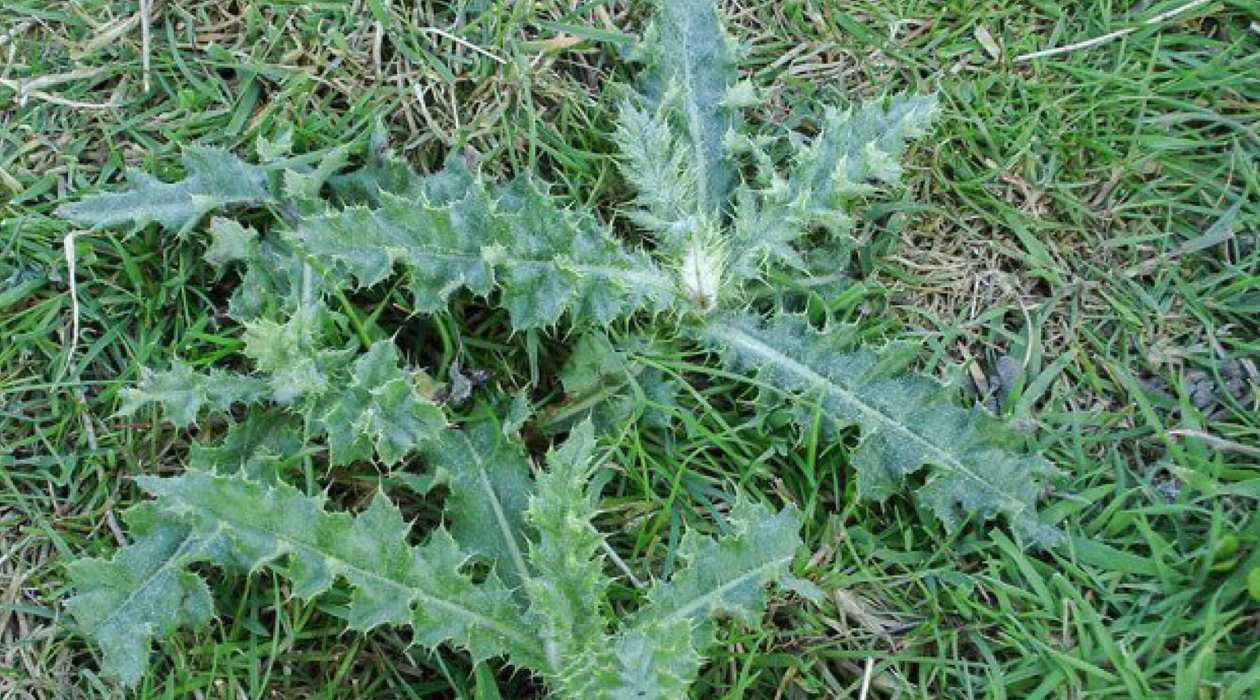
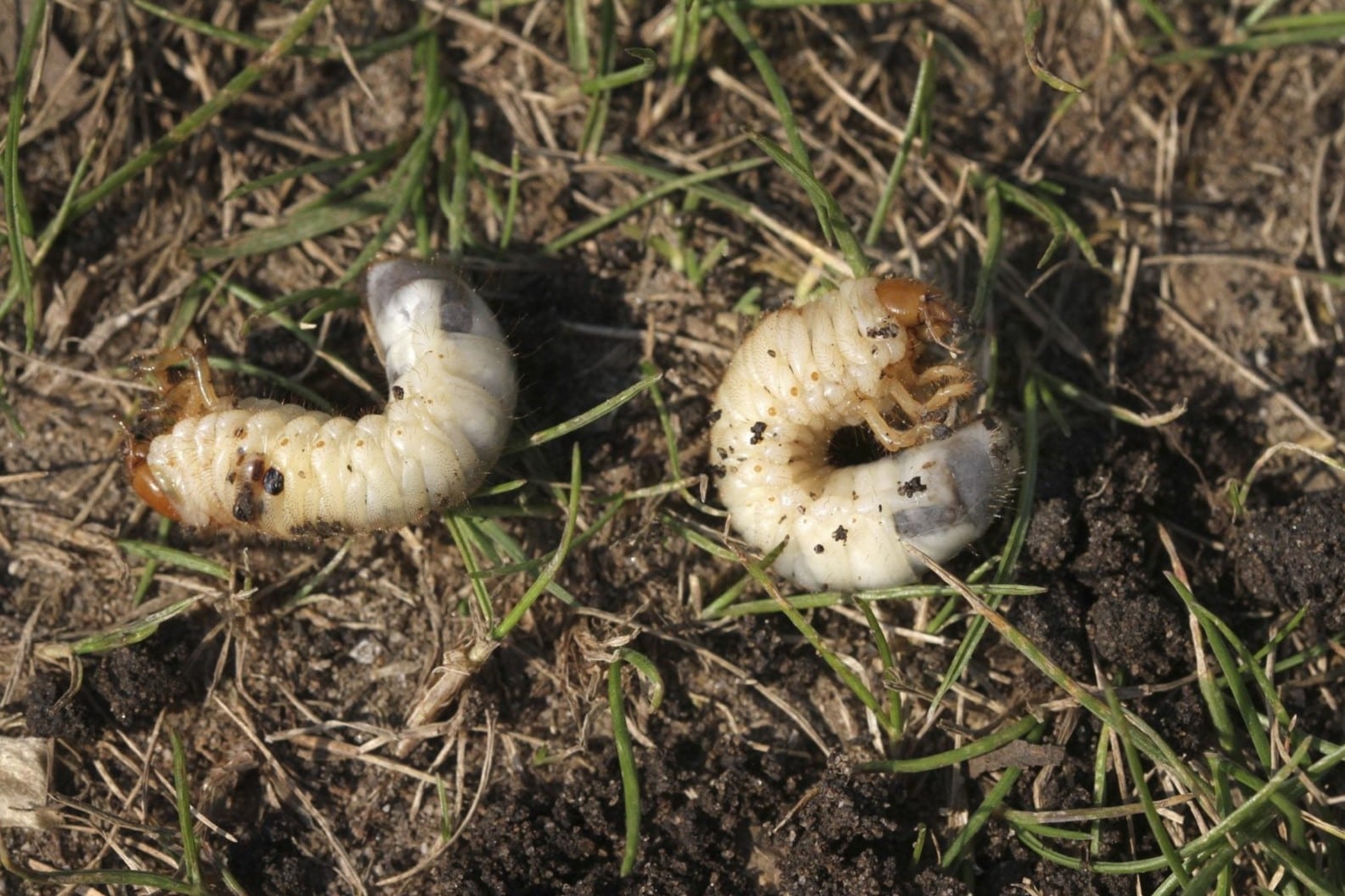
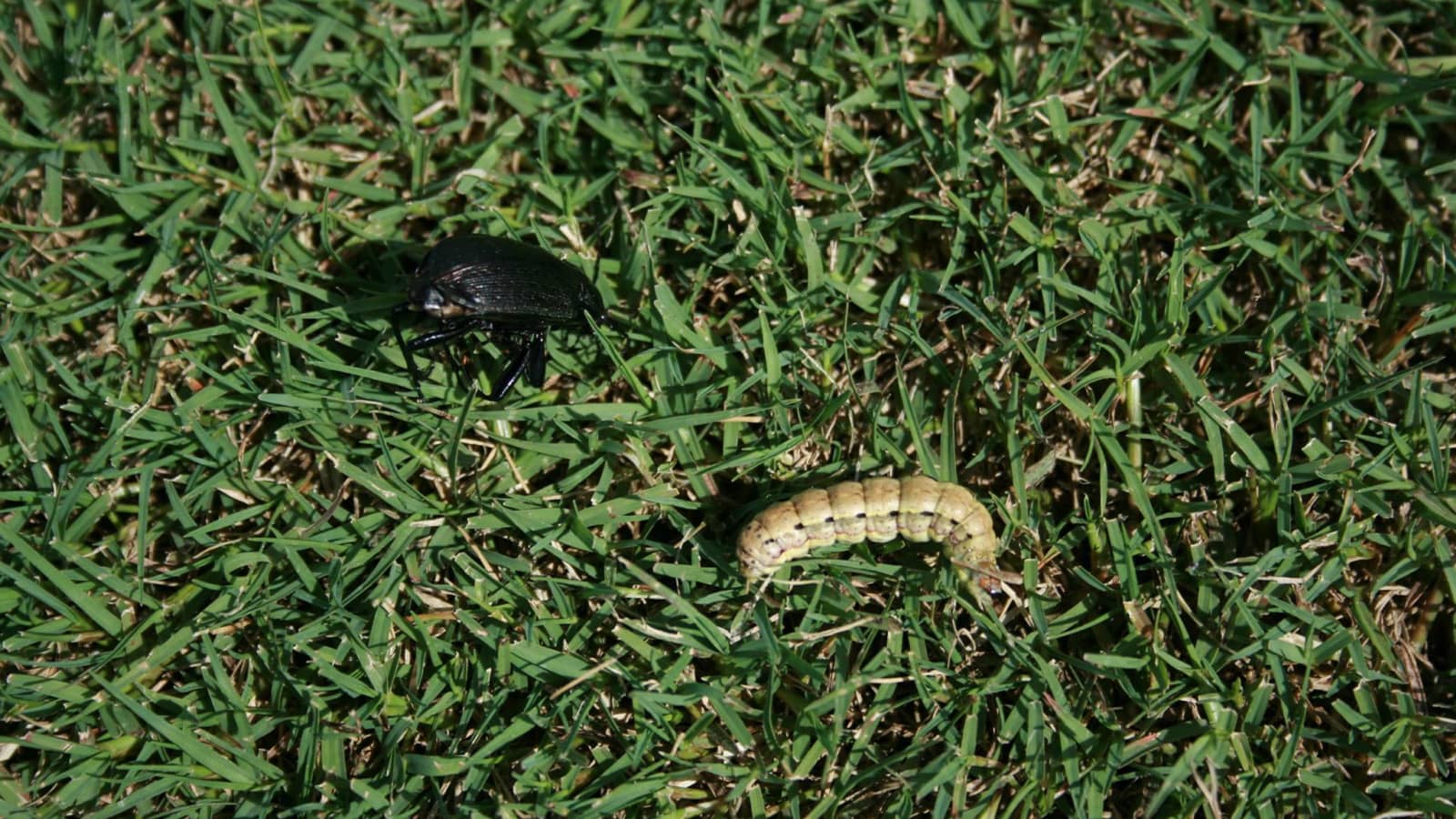
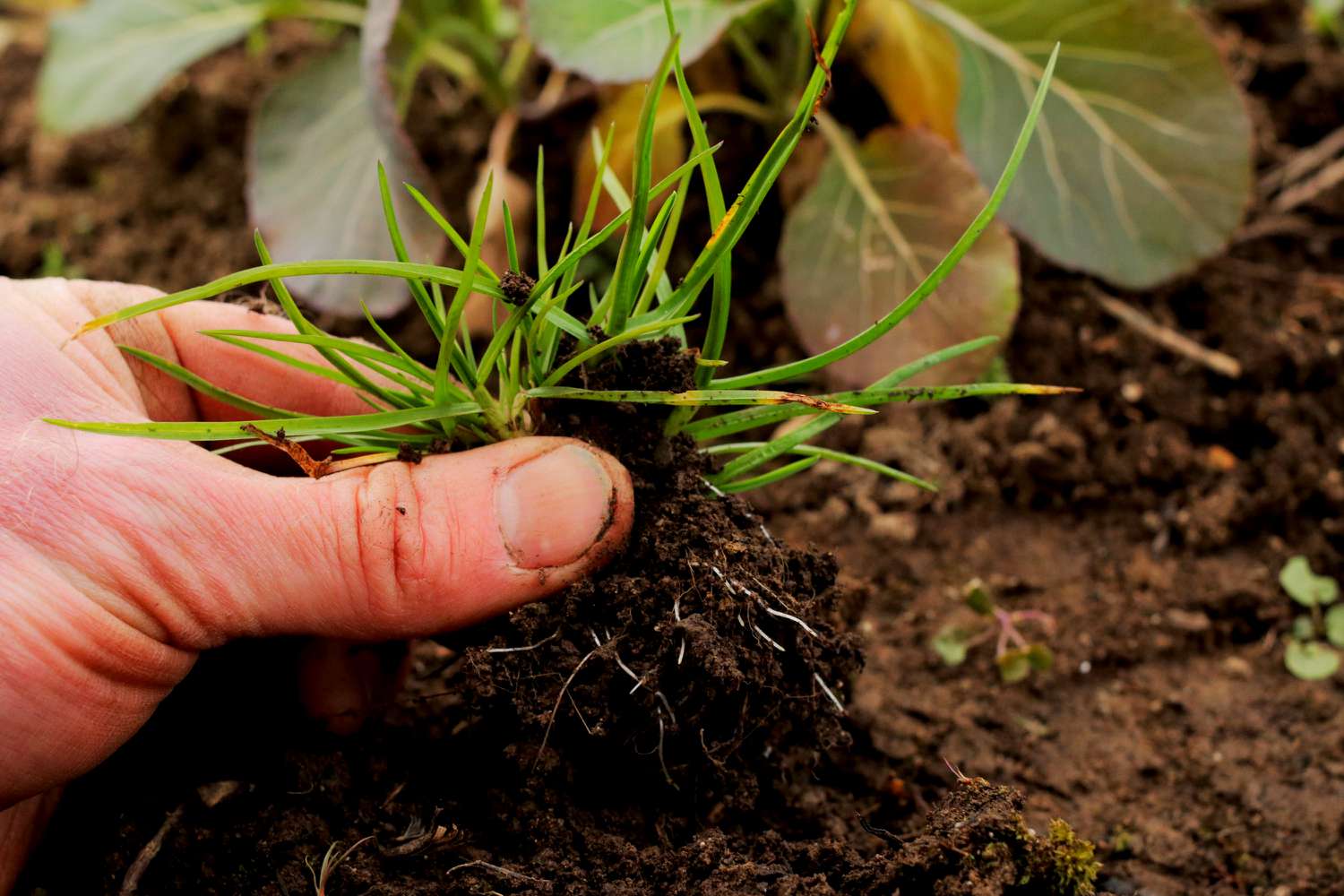
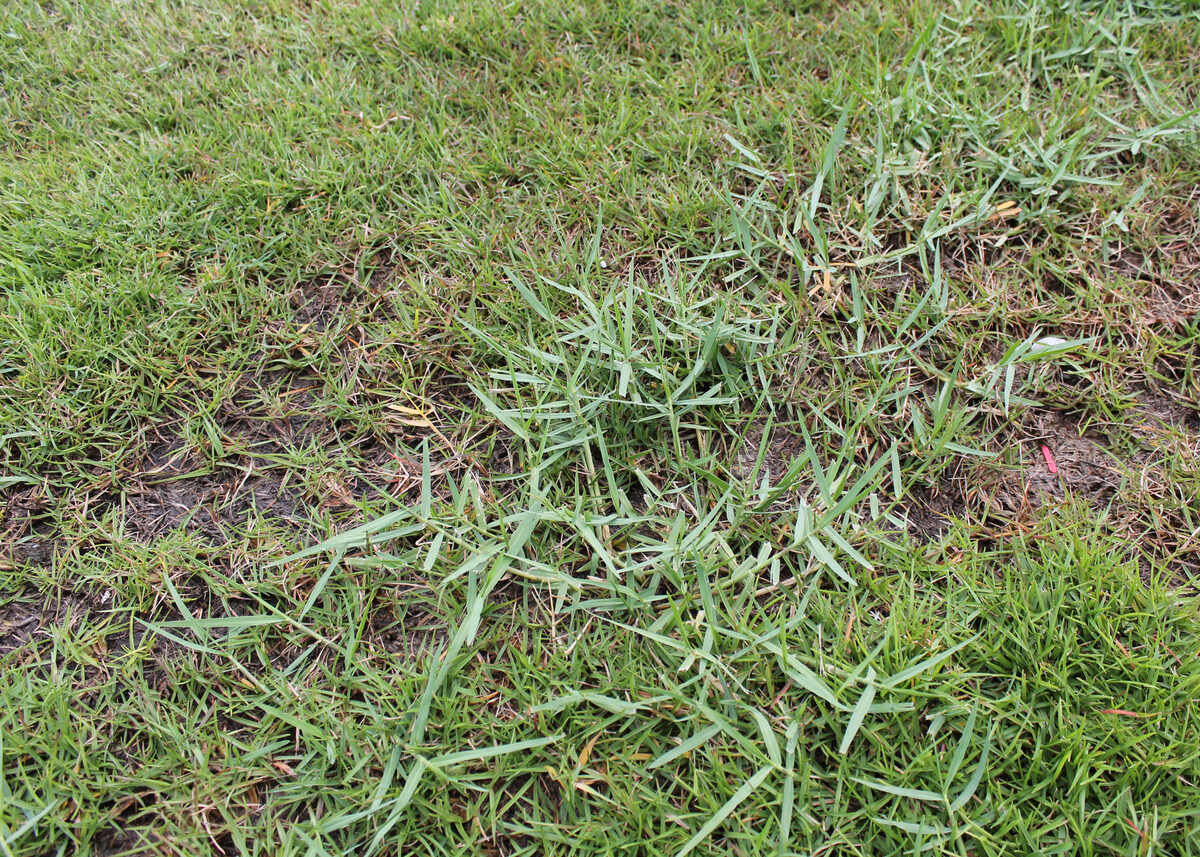
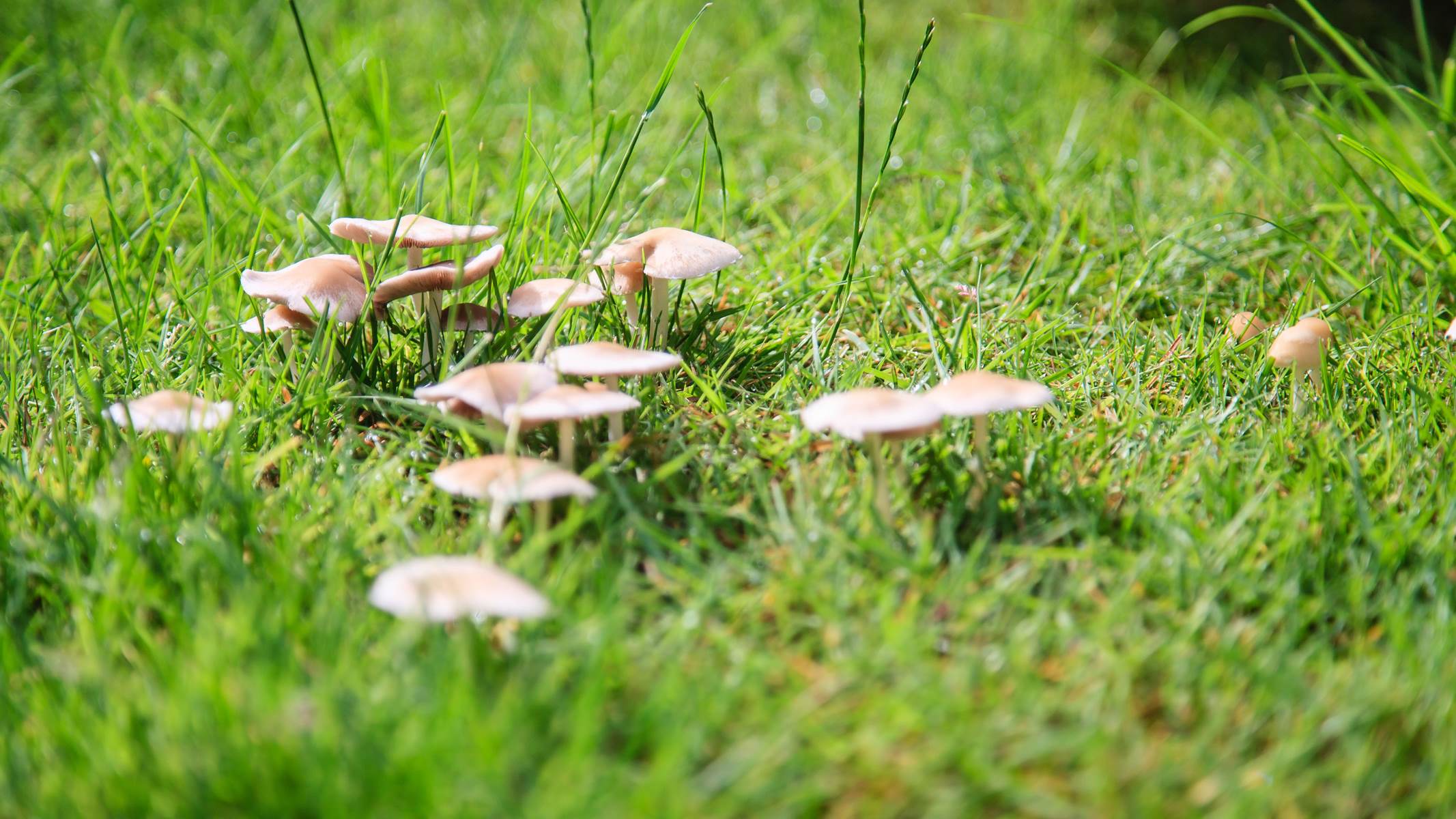
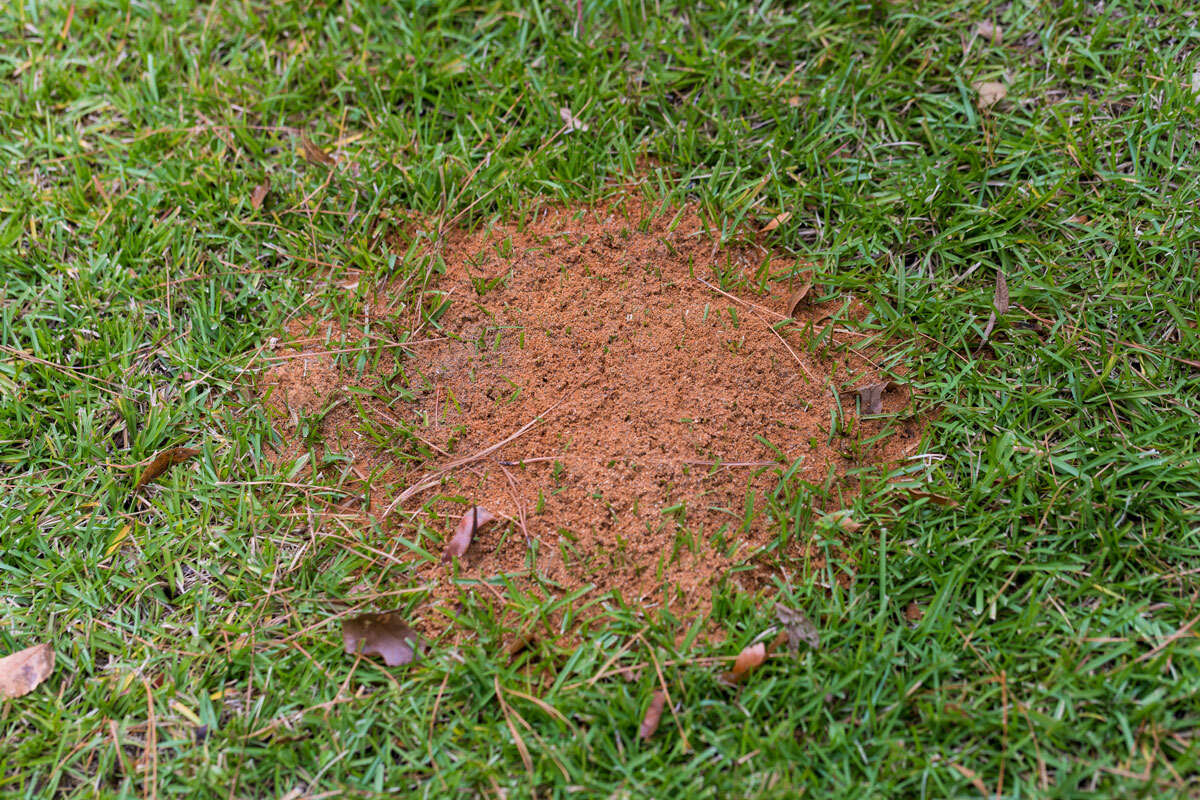
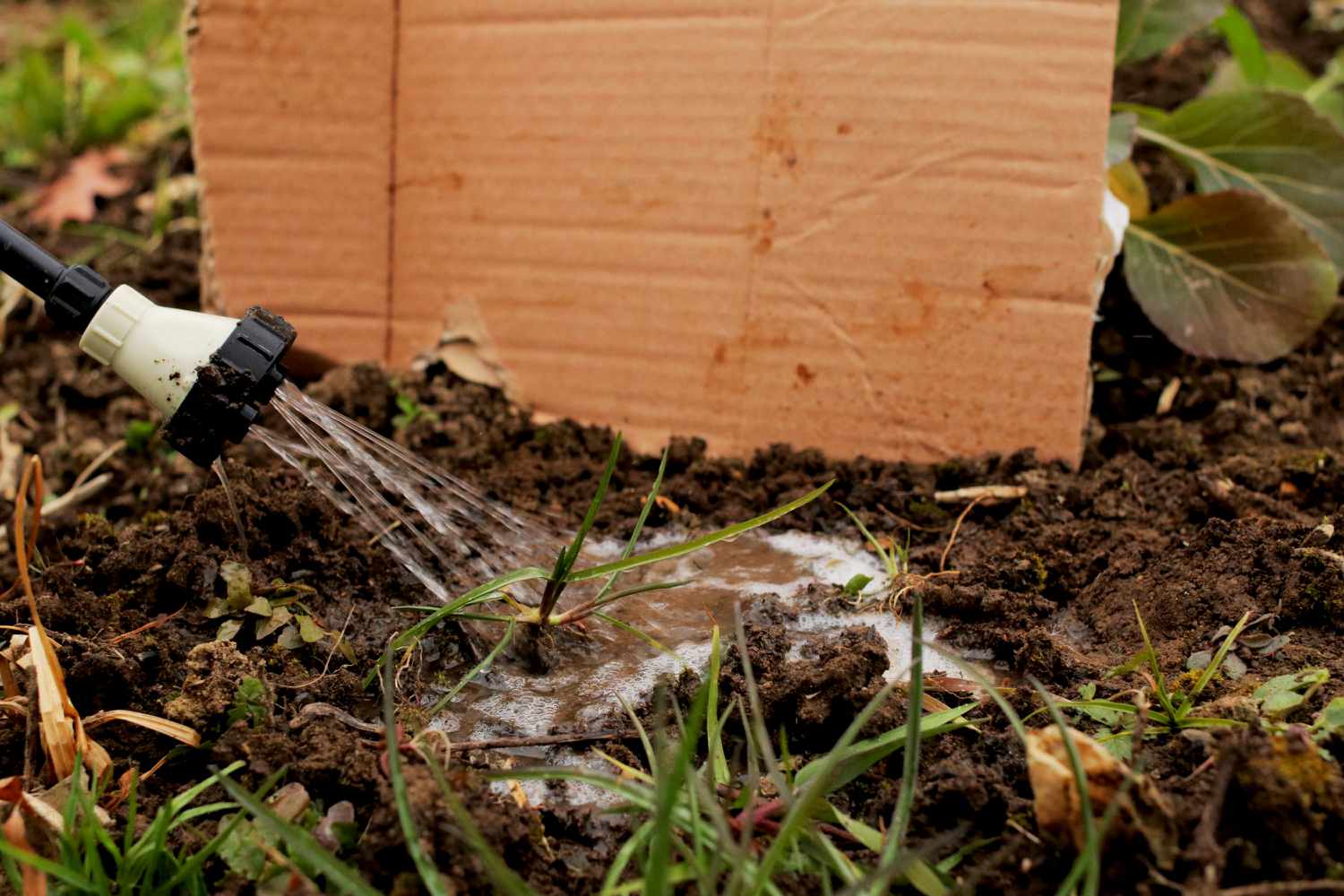
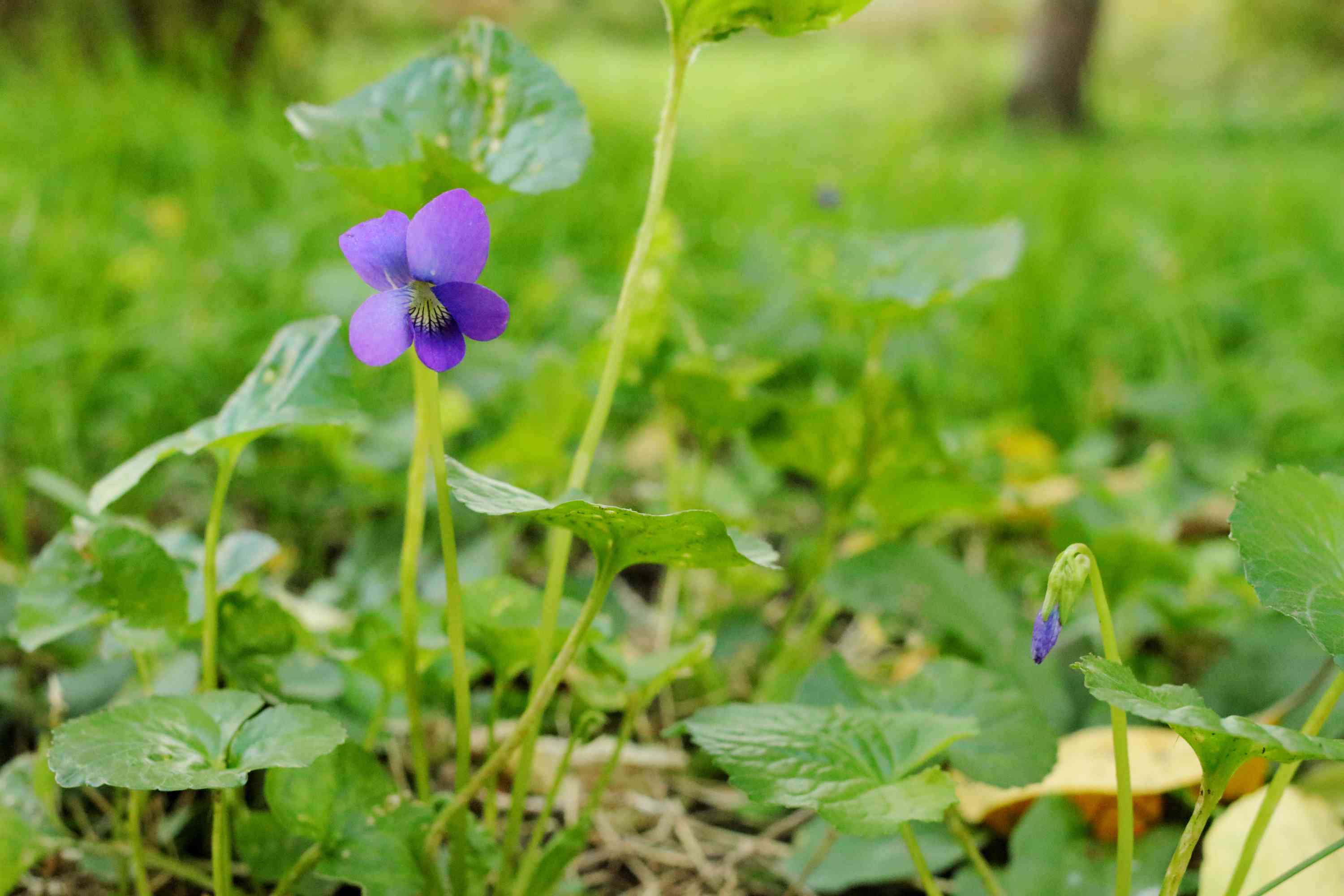
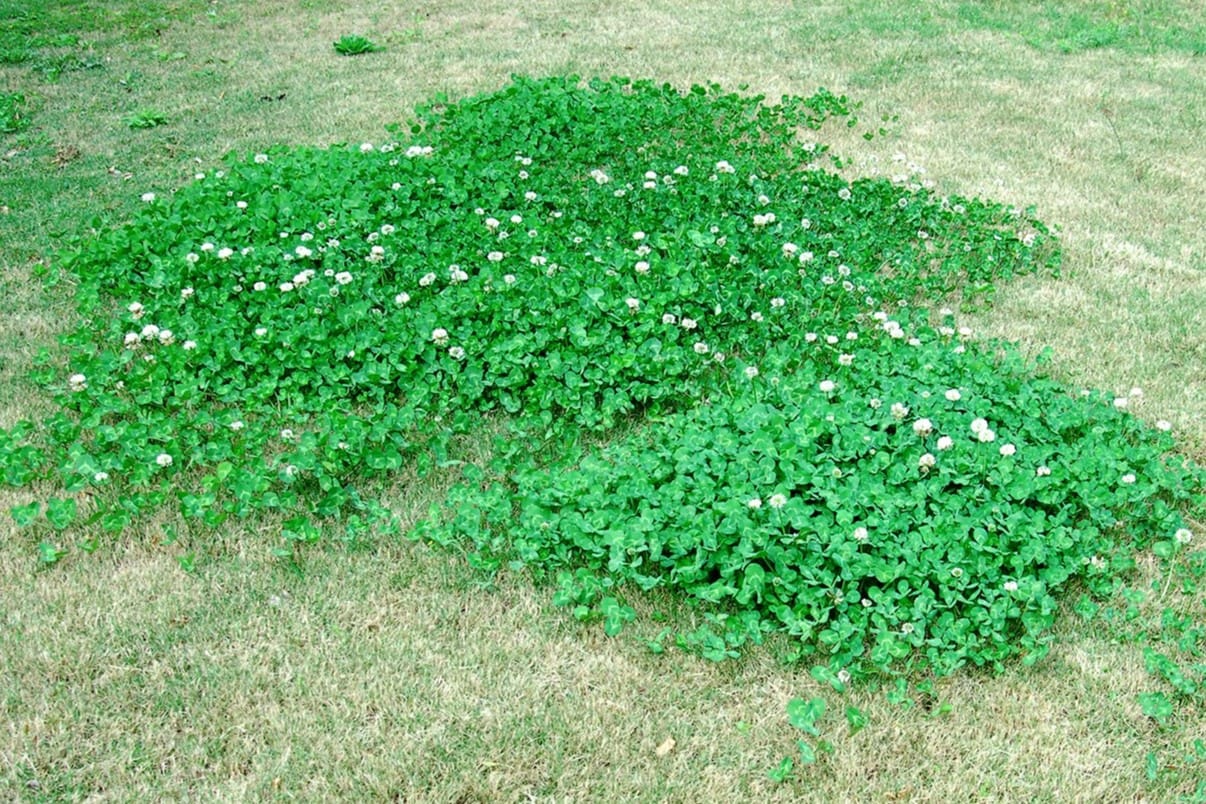

0 thoughts on “What Kills Fungus In Grass”